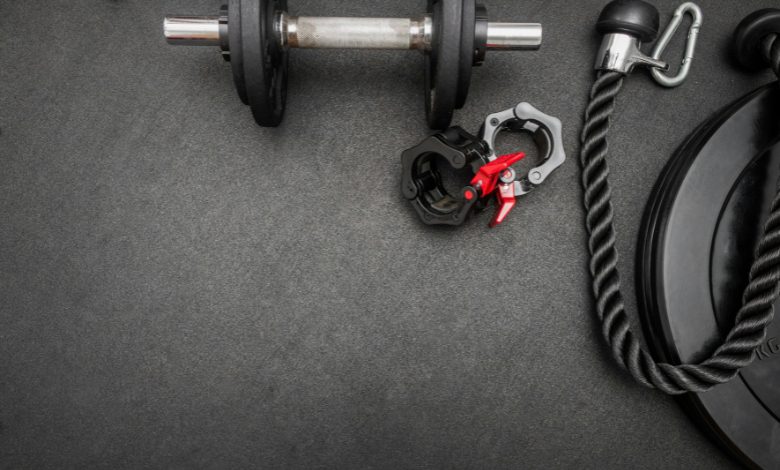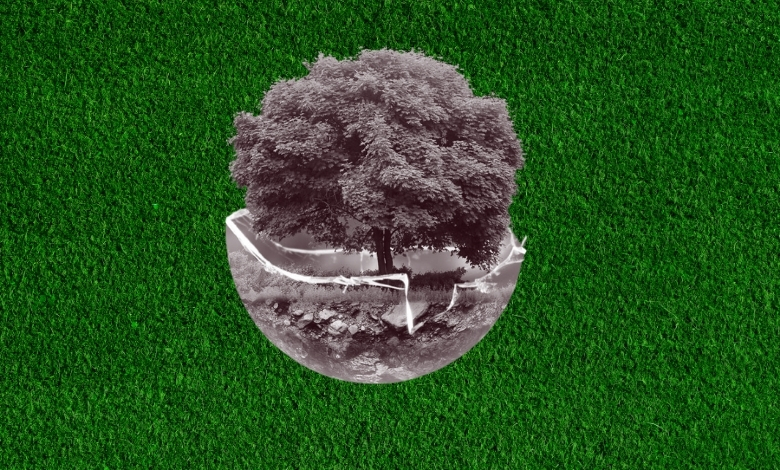Wondering if you can staple down your gym turf? Discover the pros, cons, alternatives, and best practices to secure your turf effectively.
Article Breakdown
Why Securing Your Gym Turf Matters
Gym turf is more than just a surface; it’s a foundation for fitness enthusiasts, athletes, and even casual home gym users. A well-secured turf ensures safety, durability, and optimal performance. But what happens when the idea of stapling it down crosses your mind? Let’s dig into the nitty-gritty.
Can You Staple Down Gym Turf?
The short answer is yes, but with caveats. Stapling gym turf is a feasible option under specific conditions, but it isn’t the go-to method for most professionals. Here’s why:
Understanding the Mechanics of Staples
Staples are small U-shaped fasteners, typically made of metal. They’re widely used in construction, upholstery, and even landscaping to pin materials down. When it comes to gym turf, staples can serve as a quick-fix solution, but there’s more to consider.
- Material Compatibility: Gym turf varies in material, ranging from polyethylene to nylon. Not all turfs respond well to staples, especially those with denser backings.
- Surface Suitability: Staples work best on wooden or plywood subfloors. If your gym setup involves concrete, staples won’t penetrate effectively.
Why Stapling Might Seem Appealing
Stapling is fast, affordable, and requires minimal tools. It’s an accessible option for DIY enthusiasts. However, ease doesn’t always equate to effectiveness.
The Downsides of Stapling Gym Turf
While stapling might appear to be an easy fix, it’s not always the most reliable. Let’s break down the limitations:
Lack of Longevity
Staples may secure your turf initially, but they don’t offer long-term durability. Over time, wear and tear can loosen the staples, causing your turf to shift or bunch up—a significant safety hazard.
Potential Damage
If staples aren’t installed correctly, they can damage the turf’s backing, leading to fraying or reduced lifespan. Plus, exposed staples can create an uneven surface or even pose injury risks.
Limited Use Cases
Stapling is suitable for smaller areas or temporary installations. For larger gym spaces or permanent setups, it’s simply not robust enough to handle heavy foot traffic or the weight of gym equipment.
Alternative Methods to Secure Gym Turf
If stapling doesn’t seem ideal for your needs, don’t worry. There are better alternatives tailored to different setups and budgets.
Adhesive for a Seamless Finish
Using adhesive is one of the most popular methods for securing gym turf.
- Pros: It offers a strong bond, especially on concrete or plywood surfaces, ensuring the turf stays in place under heavy use.
- Cons: Adhesive applications require precision and can be difficult to remove if you ever decide to replace the turf.
Double-Sided Carpet Tape
Perfect for smaller gym setups, double-sided tape is a user-friendly option.
- Pros: Easy to install and reposition.
- Cons: May lose its stickiness over time, especially in high-traffic areas.
Turf Nails or Screws
For those with a wooden subfloor, nails or screws can provide a secure hold.
- Pros: Strong, durable, and ideal for permanent setups.
- Cons: Requires more effort and tools than staples or tape.
Interlocking Tiles
If your gym space doubles as a multipurpose area, interlocking tiles are a fantastic alternative.
- Pros: Easy to install, remove, and reconfigure.
- Cons: Limited in design options compared to rolled turf.
Step-by-Step Guide: How to Secure Gym Turf
If you’re still leaning toward stapling—or exploring other methods—here’s how to ensure a safe and effective installation:
Preparing Your Space
- Clean the Subfloor: Remove debris, dust, or any residue that might interfere with adhesion or staple penetration.
- Measure Your Turf: Ensure you cut the turf to fit the space, leaving a slight overlap for adjustments.
Stapling Method
- Choose the Right Staples: Opt for galvanized staples to resist rust.
- Space Strategically: Place staples about 6 inches apart along the edges and 12 inches apart in the middle.
- Check for Smoothness: After stapling, walk over the turf to ensure there are no bumps or loose areas.
Alternative Methods
- For adhesives, spread evenly using a trowel, then press the turf firmly.
- If using tape, apply strips along the edges and center, then firmly press the turf into place.
Maintenance Tips for Secured Gym Turf
Once your turf is installed, keeping it in top shape is crucial.
- Regular Cleaning: Vacuum or brush weekly to remove dust and dirt.
- Inspect Fasteners: If you’ve stapled or nailed the turf, check periodically for any loosening.
- Avoid Dragging Equipment: Lifting instead of dragging prevents unnecessary strain on the turf.
Key Takings
- While stapling gym turf is possible, it’s not always the most reliable or durable option.
- Consider the type of turf, the subfloor material, and the intended use of the gym space before deciding on a method.
- Adhesives, double-sided tape, nails, or interlocking tiles are viable alternatives for securing gym turf.
- Proper installation and maintenance are essential to ensure safety and longevity.
- Always prioritize the specific needs of your gym setup when choosing a turf fastening method.



